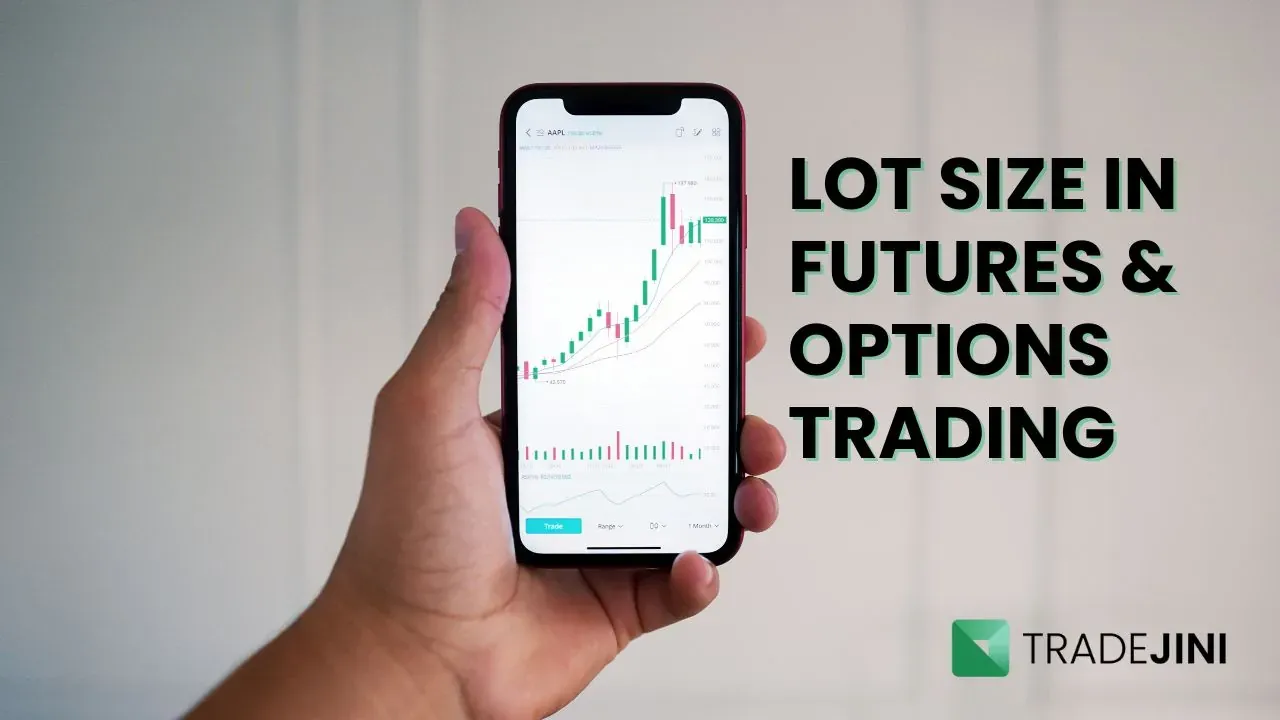What is Cost Of Carry in a Futures Contract?
The cost of carry or CoC in futures contracts is a term that describes the total cost of holding an asset until the futures contract expires. This cost includes things like storage fees, insurance, and interest. That’s why it is important to understand the cost of carry to figure out the right price for a futures contract.
So, let’s learn more about the cost of carry and discuss how it impacts futures contracts. Here, we will also cover the cost of carry formula and how it works in the world of futures trading.
What is Cost of Carry (CoC)?
The cost of carry or CoC is the cost you have to pay to keep or carry an asset until a future date. When we talk about futures contracts, the cost of carry plays a significant role in determining the price of the asset at the contract’s expiration.
Let’s understand it with an example - suppose you buy a commodity like gold today and plan to sell it after some time. Now, if you wish to hold it, you may have to pay storage fees, insurance, and interest, if you borrowed money to buy it. These expenses would add up and would be called the cost of carry.
Cost of Carry Formula
To calculate the cost of carry (CoC), there is a simple formula that adds up the various expenses. Here's how the cost of carry formula works:
Cost of Carry = (Interest Rate + Storage Costs + Insurance) − Income from the Asset
Here:
- Interest Rate: If you borrowed money to buy the asset, you add the interest you pay.
- Storage Costs: Any money spent to hold the asset goes into this formula.
- Insurance: The amount you pay for insuring the asset against risks/damages.
- Income from Asset: If the asset earns any income, like dividends, that amount is subtracted from the total cost.
How the Cost of Carry Impacts Futures Trading
The cost of carry is very important in futures trading as it affects the future price of the asset. Futures contracts allow you to buy or sell an asset at a future date for a price that is agreed upon today. But this price depends on how much it would cost to hold the asset until that future date.
- Fair Pricing: The cost of carrying futures helps you set a fair price for a futures contract. If the cost to carry an asset is high, then the futures price would also be higher.
- Hedging: Many businesses use futures contracts to protect themselves from price changes. For example, an airline may buy oil futures to lock in a price for fuel.
- Arbitrage Trading: Traders also look for differences between the current price of an asset and its future price. If there is a big enough gap between these prices that doesn’t match the cost of carry, traders can make money by buying at the lower price and selling at the higher one.
How the Cost of Carry Affects Futures Prices
The cost of carry has quite a big effect on the price of futures contracts. Let’s look at two possible situations:
- Positive Cost of Carry: If the cost to carry the asset is high, then the futures price would be higher than the current price as it costs more to hold onto the asset until the contract ends.
- Negative Cost of Carry: This can happen in rare cases when the income you get from the asset is greater than the costs. In this situation, the futures price may actually be lower than the current price.
Also Learn: The Impact of RBI Maintaining Repo Rate at 6.5%: Insights on Inflation and Economic Growth
Example of Cost of Carry in Action
Consider yourself a trader dealing with oil futures. You plan to buy oil now and store it for one year before selling it at the contract’s expiration. Your costs may look like this:
- Interest Rate: 5% (as you borrowed money to buy the oil)
- Storage Costs: 2% (to store the oil for a year)
- Insurance: 1% (to protect the oil from damage)
- Income from Asset: 0% (as oil doesn’t generate any income)
Using the cost of carry formula, you can calculate the total cost of carrying the oil for one year:
Cost of Carry = (5% + 2% + 1%) − 0% = 8%
So, the total cost of holding the oil is 8% of its value for that year. If the futures price doesn’t have this cost, it would not be worth holding the asset.
Also Read: Key Differences Between Dematerialisation and Rematerialisation of Shares
Practical Applications of Cost of Carry in Indian Markets
In the Indian markets, the cost of carry is applied to commodities like gold, oil, and agricultural products, and also to financial assets like stocks. India’s commodity markets see active futures trading where traders consider storage costs, interest rates, and insurance to calculate the cost of carry.
In the financial markets, the cost of carrying futures applies to stock futures traded on exchanges like the National Stock Exchange (NSE). Here, traders account for financing costs and interest rates while trading in futures. The impact of the cost of carry can be seen in pricing futures for large-cap stocks like Reliance Industries or Infosys.
Moreover, interest rates in India play an important role in determining the cost of carry. A higher interest rate means higher carrying costs for futures contracts, which influences the futures prices in Indian markets.
Why is the Cost of Carry Important for Traders?
Traders use the cost of carry for futures trading. They want to know if it is worth holding onto an asset or if they should sell it before the contract expires.
- Some traders use futures to guess whether prices will go up or down.
- Businesses use futures to protect themselves from big price swings.
- If a trader sees a big difference between today’s price and the future price of an asset, they can use the cost of carry to decide whether to buy the asset now and sell it later for a profit.
Conclusion
So, the cost of carry (CoC) is important for understanding futures prices and finding opportunities in trading. If you are a trader in India, you must be aware of all this as it can help you make better decisions for your investments.
Talking of investments, are you looking for a simple and reliable trading platform? Download the Tradejini Cubeplus app! With easy-to-use tools and great pricing, the app is perfect for all your trading needs.
Also Read: A Guide to Rolling Over Futures Contracts: Process, Risks, and Impact
_11zon.webp?alt=media&token=bd974821-aee4-43a5-b467-01d1a67a570b)
_20_11zon.webp?alt=media&token=6659b2e6-927e-42de-8375-e227e579f556)
_11zon.webp?alt=media&token=a8f3f55c-dc70-4d42-844e-6874ceff69ce)
_11zon.webp?alt=media&token=a05d2324-cace-44ed-a35f-50f9e63be9c3)
_11zon.webp?alt=media&token=14cd8f87-8add-49ce-84f1-ca07a0c52b0c)





